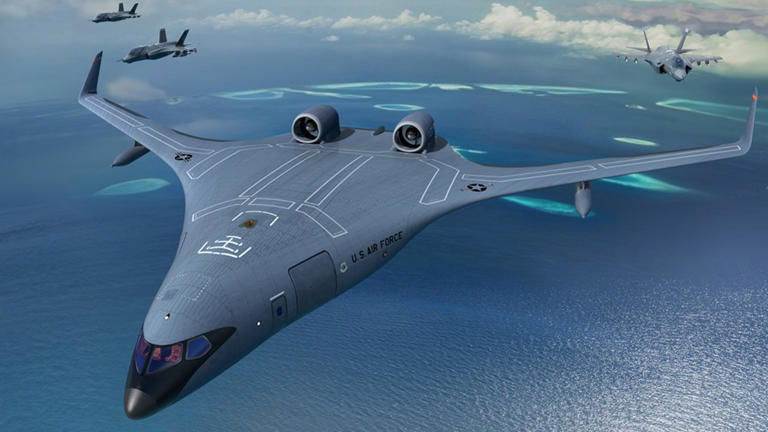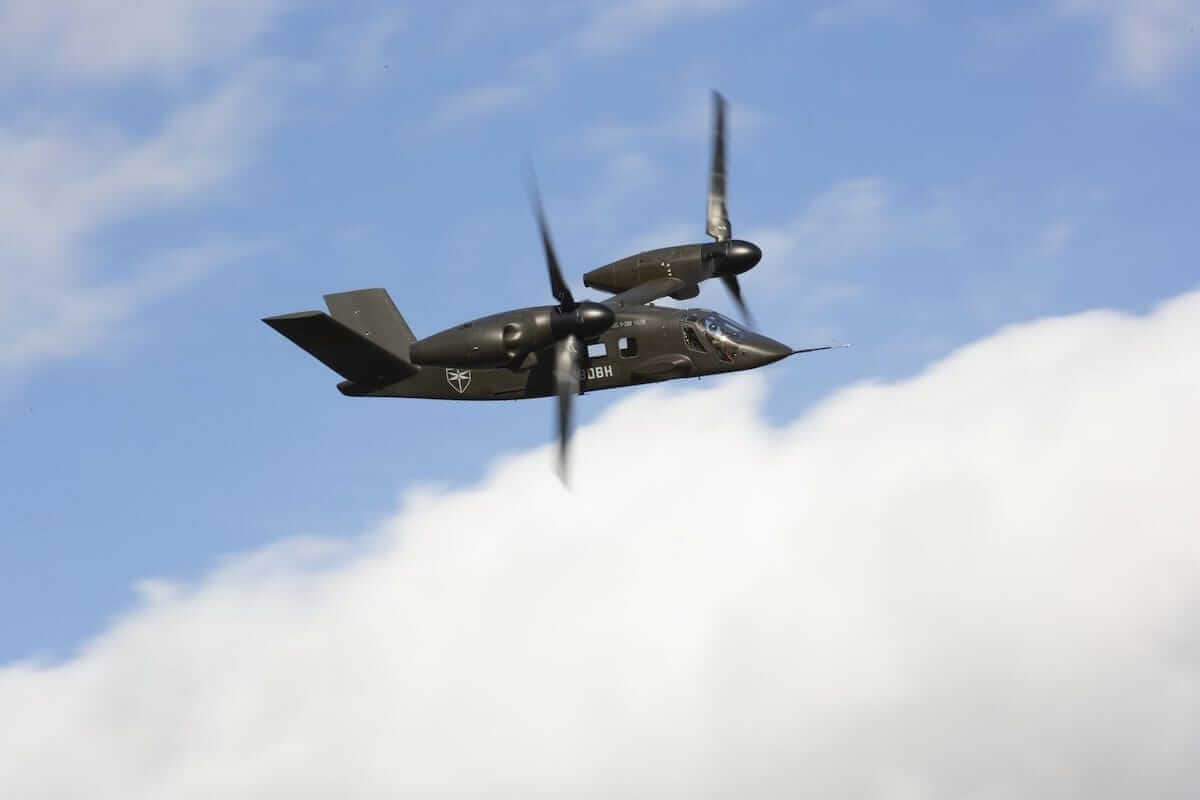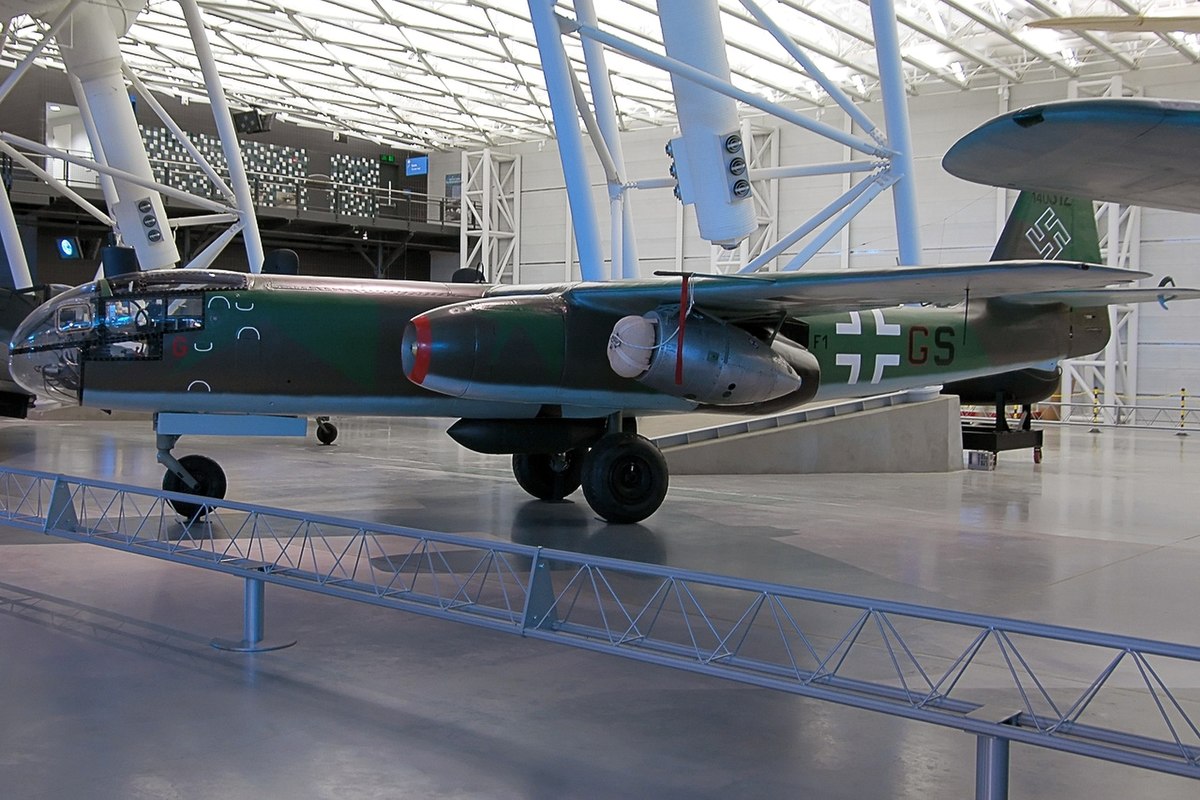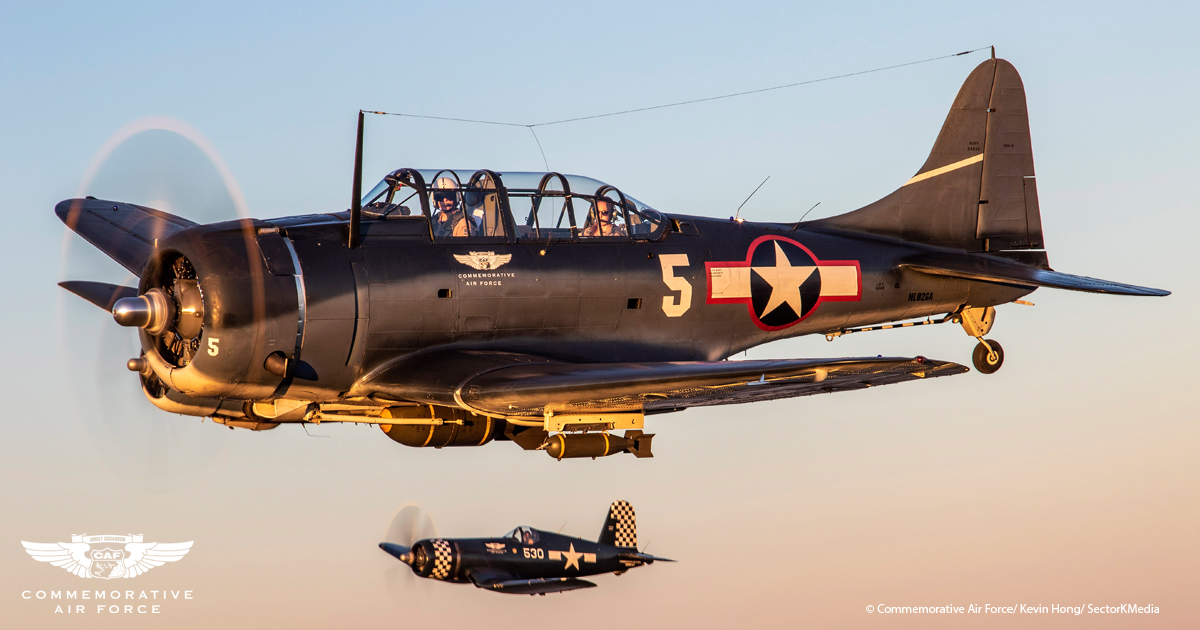Stryder50
Platinum Member
- Thread starter
- #121
These Movies About Aviation Nailed The Details
Movies about aviation have been a staple of American cinema for decades. But some of the most iconic aviation films are more accurate than others. These are some of the best movies about aviation of all time, but how accurate are they really? Keep reading to learn more...Not all 39 slides are of those that got it right. Many are for those that got it wrong too often. Still interesting listing.
Unfortunately, didn't include one of my favorite aviation films;
"Always"

Always (1989 film) - Wikipedia
Last edited:





:extract_focal()/https%3A%2F%2Fpocket-syndicated-images.s3.amazonaws.com%2Farticles%2F8853%2F1695076611_Arado_Ar_234_B-2_nose.jpg)



